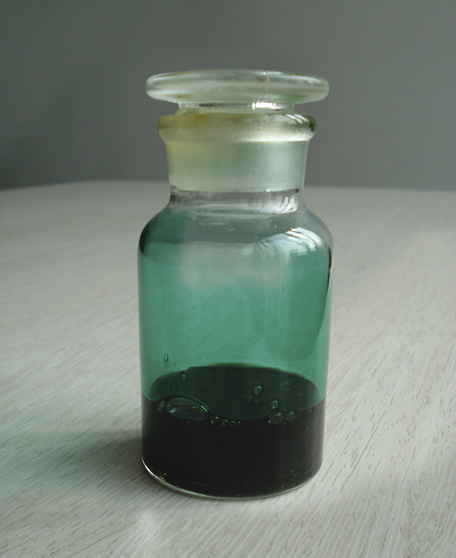1 appearance characteristics: coat black, white hair at the end of the head, tail and limbs was "six white", the head is short, the mouth is short, the face is slightly concave, both ears erect slightly forward, short neck, chest deep and wide, Straight back, short and powerful limbs, body shape like cylinder.
2 Breeding performance: Under normal feeding and management conditions, males and females start breeding at 10 months of age and weighing about 100 kg. The sow averages about 7 piglets. The average birth weight of piglets was 1.33 kg. The weight of litters of 60-day-old piglets varies depending on the feeding and management conditions. According to the Northwestern Agricultural College's determination of sows, the weight of weaned litters was 90.7926.73 kg.
3 Finishing performance: Finishing pigs had an average daily weight gain of 476 grams, slaughter rate of 73.85%, carcass lean meat 54.56%, fat 32.06%, skin 5.41%, and bone 79.55%. The ratio of leg hip to hips was 26.84%, the proportion of flower oil was 5.06%, the area of ​​eye muscle was 26.161.44m2, ketone body length was 73.631.70cm, thickness was 3.860.25cm, and skin thickness was 0.380.05cm.
4 Adaptability: According to Zhengyang Breeding Farm in Henan Province, in the initial period of introduction of the Buckley pigs (1956), dyspnea occurred in the summer, asthma was severe, a large group developed heat stroke, and some died of heatstroke. After several generations of breeding and domestication, the adaptability to the local climatic environment gradually increased. After the hot summer of 1960, the phenomenon of shortness of breath and wheezing in pigs decreased significantly.
Paraquat
It is an organic compound with the [(C6H7N)2]Cl2. It is classified as a viologen, a family of redox-active heterocycles of similar structure. Paraquat was manufactured by Chevron. This salt is one of the most widely used herbicides. It is quick-acting and non-selective, killing green plant tissue on contact. It is also toxic to human beings and animals due to its redox activity, which produces superoxide anions. It has been linked to the development of Parkinson's disease. The name is derived from the para positions of the quaternary nitrogens. Paraquat may be in the form of salt with chloride or other anions; quantities of the substance are sometimes expressed by cation mass alone (paraquat cation, paraquat ion).

Agricultural Paraquat,Agricultural Pesticide Products,Agricultural Spray Herbicide Additive,Paraquat Synergist Agent
Ningxia Bornstein Import & Export Co., Ltd , https://www.bornstein-agriculture.com